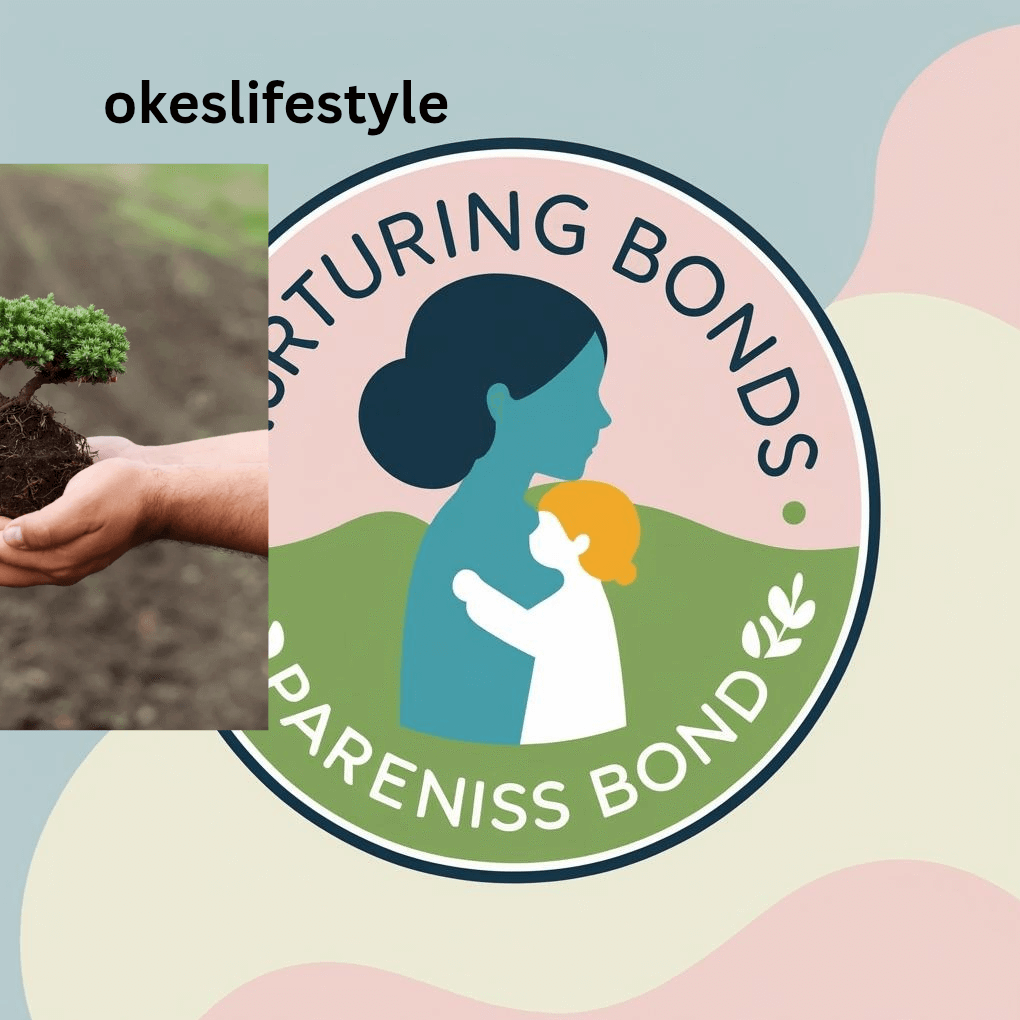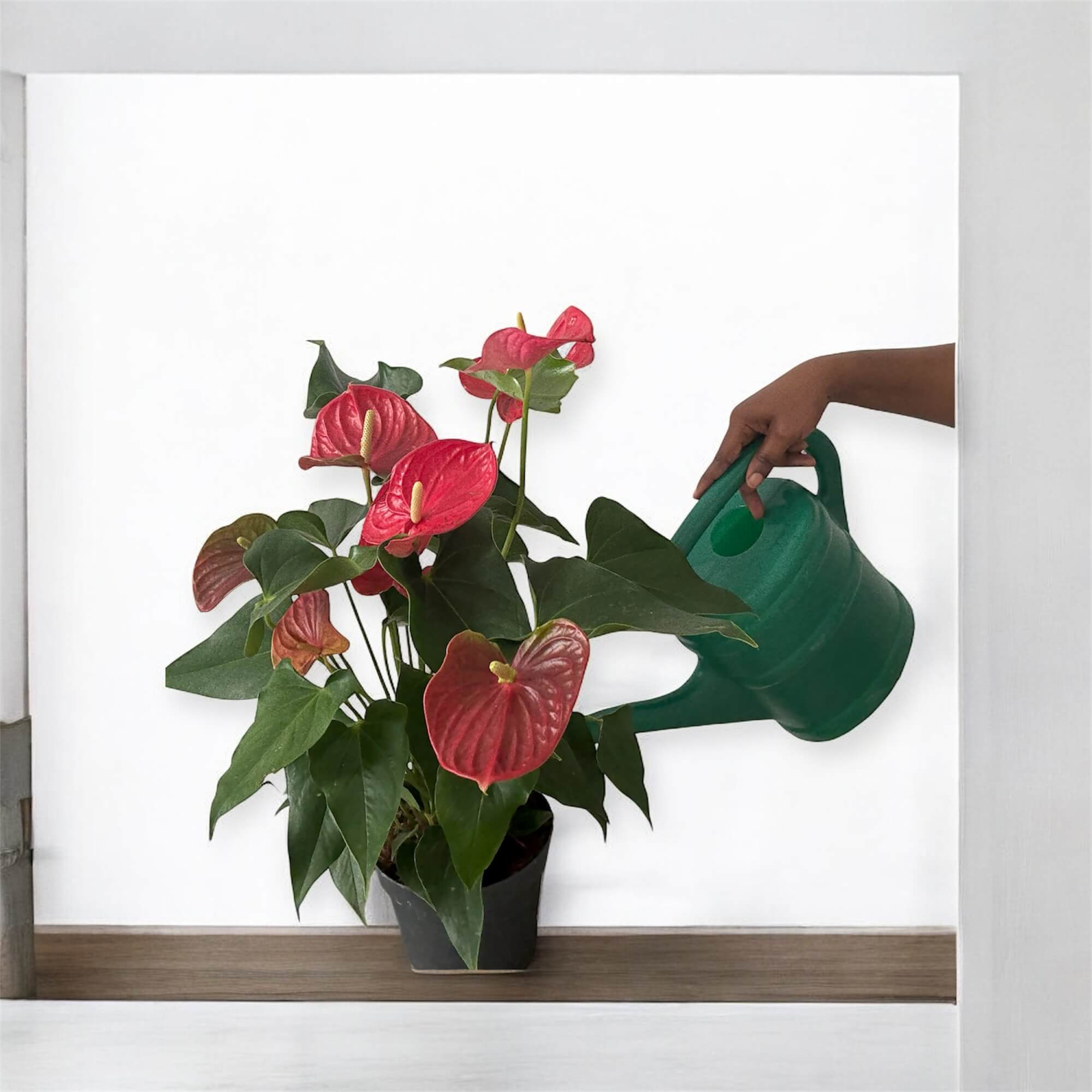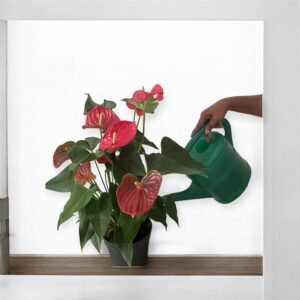
i will walk you through the 10 common mistakes to look at for when watering indoor plants
Caring for indoor plants can be so rewarding but if you are anything like me, you have probably wondered more than once whether you are overwatering or underwatering the plants
The truth is, watering houseplants is one of the trickiest parts of plant care, and it’s where most of us go wrong. Over time, I have made my fair share of mistakes (and sadly lost a few plants along the way), but I have also learned a lot about what works and what doesn’t, and practical tips to water correctly.
Many plant owners assume that as long as their plants receive water regularly, they will thrive. However, improper watering is actually one of the leading causes of unhealthy or dying houseplants.
knowing when and how to water potted plants is one of the most impactful and easiest ways to ensure your plants thrive in your home.
Too much, too little, or even watering at the wrong time can all create stress for your plants. I know about this because of my years of watching my plants struggle,thrive and blossom as i learn to avoid these (10) common mistakes in watering my plants.
I will be honest.I used to think keeping houseplants alive was all about remembering to water them. Easy enough, right? Well not exactly. After a few droopy leaves and more than one plant funeral, I learned that watering isn’t as simple as topping off the soil whenever I felt like it. In fact, most of us plant parents make the same watering mistakes without even realizing it.
The good news is Once you know what to look out for, it’s actually pretty easy to keep your green buddies happy. Let’s talk about some of the most common watering slip-ups and how to avoid them, and learn how to water your indoor plant correctly.
In this post, i will walk you through 10 common mistakes in watering houseplants so you avoid them and keep your plants thriving.
10 Common Watering Mistakes That Harm Houseplants (and How to Avoid Them)
Watering is one of the most fundamental aspects of houseplant care, yet it is also the area where most plant owners run into trouble.
The key to keeping your houseplants healthy and vibrant lies in understanding their watering needs and avoiding common mistakes. Below are ten frequent watering errors, along with practical watering tips and solutions to ensure your plants thrive.
1. Overwatering
Mistake: Providing water too frequently, leading to root rot.
Solution: Always check the soil before watering. Insert your finger about an inch deep if it feels dry, it’s safe to water. If it feels moist, wait a few more days.
2. Underwatering
Mistake: Neglecting plants until the soil becomes bone dry.
Solution: Establish a routine for checking soil moisture. Consider bottom watering (placing pots in a shallow tray of water) to allow roots to absorb water evenly.
.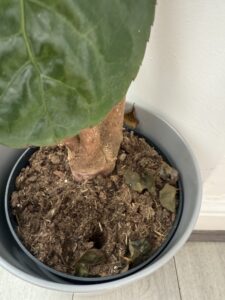
3. Using Containers Without Drainage
Mistake: Planting in pots that trap excess water.
Solution: Choose containers with drainage holes. If you prefer decorative pots without holes, keep your plant in a plastic nursery pot and place it inside the outer container.
4. Watering on a Fixed Schedule
Mistake: Watering all plants weekly without assessing individual needs.
Solution: Adjust watering frequency based on plant type and soil conditions. Succulents and cacti require much less water than tropical plants.
5. Ignoring Seasonal Changes
Mistake: Watering the same way year-round.
Solution: Reduce watering during cooler months when plant growth slows, and increase during warmer, sunnier seasons when plants are more active.
6. Using Cold Tap Water
Mistake: Pouring cold water directly onto plants.
Solution: Allow water to reach room temperature before use. Letting it sit overnight also helps chlorine dissipate, making it gentler on plants.
7. Watering Leaves Instead of Soil
Mistake: Splashing water on foliage, which encourages rot and fungal issues.
Solution: Direct water to the soil near the base of the plant. For humidity-loving species, use a misting routine or pebble trays instead.
8. Overlooking Water Quality
Mistake: Using hard water, which can cause mineral buildup in soil.
Solution: If your tap water is high in minerals, use filtered or rainwater to prevent salt deposits and maintain soil health.
9. Shallow Watering
Mistake: Only moistening the top layer of soil.
Solution: Water thoroughly until excess drains from the bottom of the pot. This ensures deep root hydration.
10. Ignoring Plant Signals
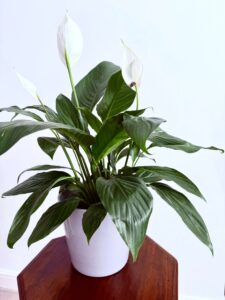
Mistake: Overlooking signs of stress such as yellowing, browning, or drooping leaves.
Solution: Regularly observe your plants. Yellowing often indicates overwatering, while crispy edges may suggest underwatering. Adjust your watering habits based on the avoiding these ten common mistakes and adopting mindful watering practices, you can support strong root systems, lush growth, and long-lasting plant health
Different plants have different watering strategies to look at for avoid common mistakes
The reason why different plants need different watering strategy is because; Different plants have different watering strategies because, just like people, they’ve grown up in unique environments and developed their own ways of thriving. Personally, I like to think of it as each plant having its own personality, some like succulents, prefer independence and store water for tough times, while others, like ferns, enjoy consistent care and attention.
From a professional and scientific perspective;
This difference comes from evolution. Plants adapt to their native habitats: desert plants evolved to conserve water in thick leaves or stems, while tropical plants evolved to handle frequent rainfall and high humidity.
Their roots, leaf structure, and even how they “breathe” are all shaped by where they come from, understanding these differences helps us give them the right care.
Overwatering a cactus is like forcing someone who isn’t hungry to keep eating which causes stress. Underwatering a fern is like ignoring a friend who thrives on constant connection. By learning their natural watering needs, we not only keep them alive but allow them to truly flourish
Here are 5 signs that your plants are thriving after you have adopted a good watering strategy:
- Healthy, Vibrant Leaves
- Leaves look lush, green, and free from yellowing or browning.
- They feel firm (not limp or crispy) and have a natural shine.
- Steady New Growth
- You notice new leaves, shoots, or stems appearing regularly.
- Growth is upright and strong, not weak or leggy.
- Moist but Well-Drained Soil
- The soil stays evenly moist without being waterlogged or bone dry.
- Roots have access to both water and oxygen, preventing rot.
- Strong Root Development
- If you gently check near the edges of the pot, roots are white/cream colored (not brown or mushy).
- Roots spread evenly, showing they’re neither drowning nor searching desperately for water.
- Flowering or Fruiting (for applicable plants)
- Plants that should bloom or fruit start producing buds, flowers, or healthy fruit.
- This is a sign they’re not under stress and have the right water balance to support reproduction.
tip: A thriving plant also resists pests and diseases more easily because consistent watering strengthens its natural defenses.
Weekly Plant Health Checklist to avoid the common mistakes in watering houseplants
- Leaf Check
- 🍃 Are leaves green, vibrant, and firm?
- ❌ Any yellow, brown, or droopy leaves?
- New Growth
- 🌱 Do you see fresh shoots, leaves, or buds forming?
- 📏 Is growth strong and upright?
- Soil Moisture
- 👆 Is the soil moist but not soggy when you press it?
- 💧 Does water drain well without pooling?
- Roots (occasional check)
- 🌿 If visible at drainage holes, are roots white/cream colored (healthy)?
- ❌ Avoid brown, mushy, or dry brittle roots.
- Flowers/Fruit (if applicable)
- 🌸 Are flowers forming without dropping too early?
- 🍅 Are fruits developing normally without shriveling?
conclusion
Watering houseplants may seem simple,but avoiding these common mistakes can make all the difference between a thriving indoor jungle and struggling greenery.By paying attention to your plants individual needs, using the right techniques, and staying consistent,you will set your up for long-term health and growth.
Remember, when it comes to watering ,it is not just about how much you give it is about when, how, and why.
Happy growing!
